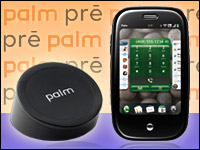
Smartphone maker Palm said Monday that it will remarket shares held by private equity firm Elevation Partners in an attempt to raise more capital as it readies itself for the rollout of its much-anticipated touchscreen phone, the Pre.
Palm will sell about 18.5 million common shares — or about half of the shares and warrants that were purchased by Elevation Partners in late December of 2008.
Palm will receive all proceeds from the stock sale in excess of US$49 million — the original purchase price of the shares.
In addition, Elevation Partners is expected to recoup the $49 million it originally paid for the shares, and it will use those funds to purchase Palm common shares in the offering at the public offering price.
Palm’s stock was up 2.76 percent to $6.32 per share in mid-day trading Monday.
More Cash, No Dilution
“This move allows Palm to raise cash without selling dilutive shares,” said James Faucette, an equity analyst at Pacific Crest Securities. “It’s free money for [Palm] and [its] shareholders.”
Essentially, Palm is taking 49 percent of the shares that Elevation Partners bought in December, converting them into common shares and then selling them on the open stock market, Faucette told the E-Commerce Times.
“Elevation will remain the largest potential shareholder in Palm,” he said. “[Elevation] owns a lot of preferred shares.”
The Pre
Once a high-flying personal digital assistant maker in the late 1990s and early 2000s, Palm needs the Pre to be successful in a big way.
So far, the buzz around the new smartphone, expected to be available by mid-year through Sprint, has been mostly positive.
“When the Pre makes it to the market, it will, in my opinion, be the best phone on the market,” Faucette said. “Its ability to integrate information from disparate sources is very compelling. If you have Facebook and Exchange and Google mail, you can integrate your contacts and messaging and email across all those different sources into a single interface. The Web browser is at least on par with the iPhone.”
The Pre could face a big stumbling block right out of the gate, however, in the form of a lawsuit from iPhone maker Apple. There have been rumblings in the press for months that Apple believes the similarities between the Pre and the iPhone — in particular, the slick touchscreen interface — smack of intellectual property theft.
“There’s still speculation that Apple will file a lawsuit,” Faucette said. “At this time, there’s been no legal filing made known yet.”
How Much for the Pre?
The Pre could face other questions, too.
“How much will Sprint subsidize the Pre?” asked Charles Golvin, a wireless analyst with Forrester Research. “And how quickly can they get the Pre to other carriers? When does the exclusivity relationship with Sprint end?”
Also, Sprint Nextel uses CDMA-based wireless technology. If it wants to be able to sell the Pre to AT&T, T-Mobile and European carriers, Palm will need a 3G version of the Pre that runs on GSM technology, Golvin told the E-Commerce Times.
From the Palm Pilot to Nowhere
The Pre is the first device from Palm to generate much excitement in years. How did the company fall so far from its former dominant position in the handheld market?
“Back in the late ’90s, the Palm Pilot was the device to have,” Golvin said. “But it was a PDA (personal data assistant) with no radio connectivity. One thing that happened was the market moved away from that and phones started taking on those capabilities.”
Palm actually recognized where the market was moving and designed a device called the “Treo.”
“The Treo was a leading device at the time in terms of its capabilities and design and integration of the PDA and the phone,” Golvin noted. “But Palm made a few serious missteps along the way.”
For one thing, Palm couldn’t break into the wireless carriers’ distribution channels.
“Palm had a direct sales channel where you could buy it from their site,” Golvin said. “You’re talking about a $400 or $500 device. Without the carrier subsidy, the Treo was very expensive and appealed to a very niche audience.”
By the time Palm got its distribution issues with the carriers straightened out, it was too late. The Treo had been overtaken by thinner, slicker devices such as the Samsung Blackjack.
For his part, Golvin seems impressed with the Pre.
“It looks extremely promising and is an extremely well-designed device,” he said. “From a software perspective, Palm made some advances in terms of how the Pre will do multi-processing. The Pre’s connection to the Internet seems like it was built from the core on up.”

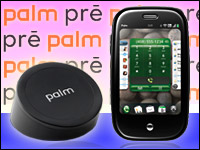
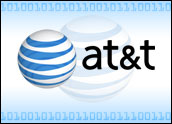

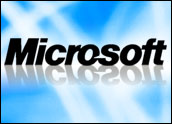


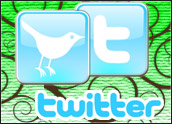
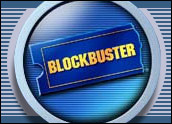
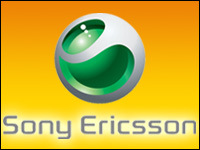











































Social Media
See all Social Media